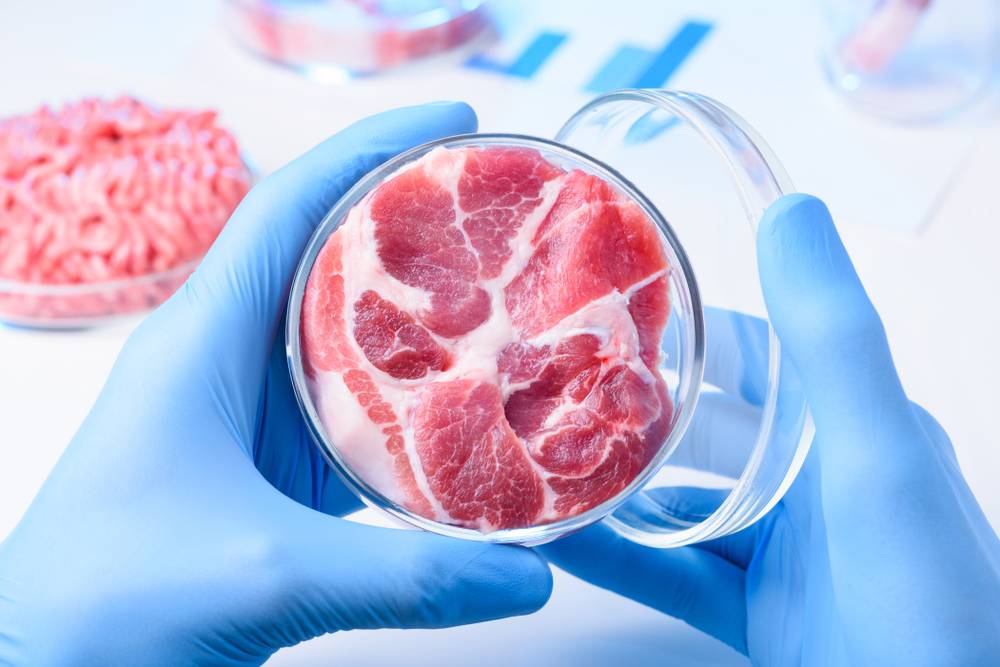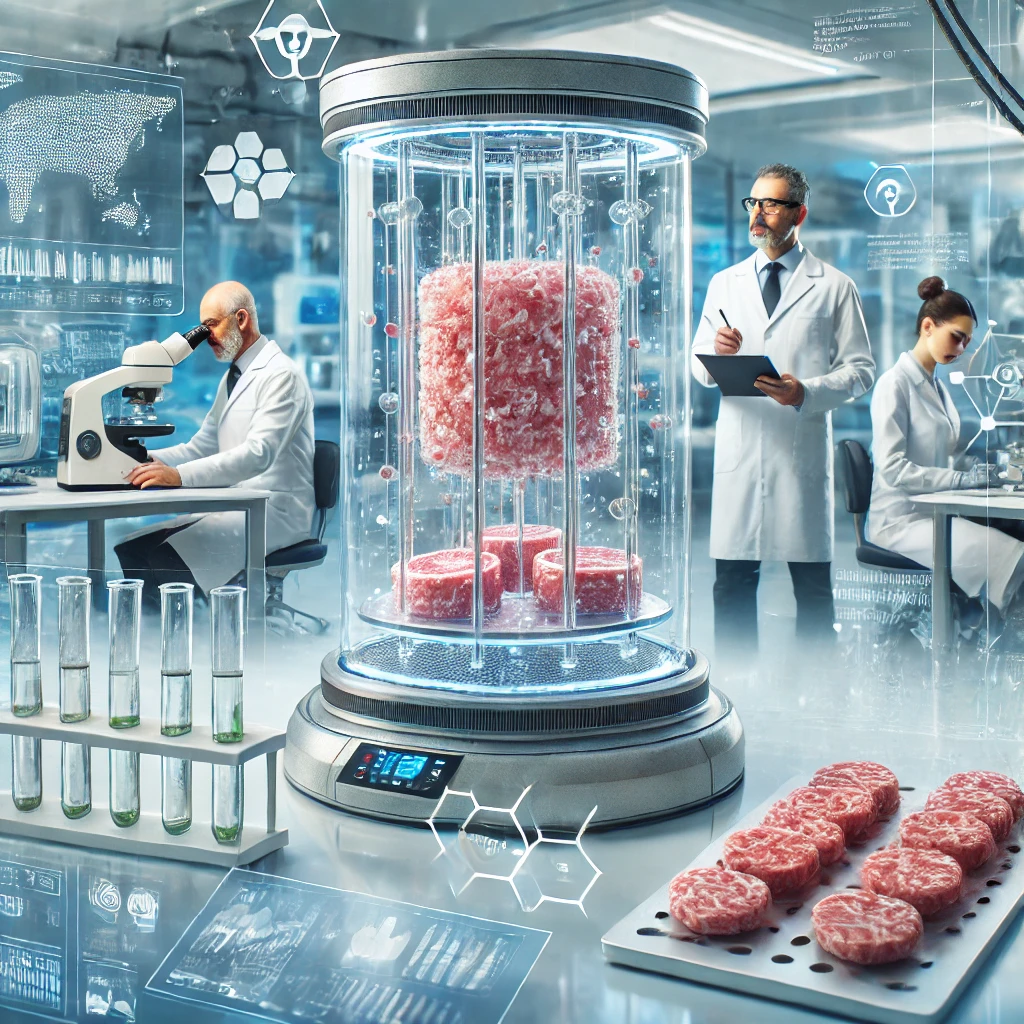Introduction
The food industry is on the cusp of a revolution with the submission of the European Union’s first cultivated meat application. French start-up Gourmey has pioneered this movement, aiming to produce cultivated foie gras. This landmark event is not only a significant milestone for Gourmey but also a potential game-changer for the entire food industry. This article delves into the details of this groundbreaking application, the science behind cultivated meat, and the potential market and regulatory impacts.
The Science Behind Cultivated Meat
Cultivated meat, also known as lab-grown or cell-based meat, is produced by culturing animal cells in a controlled environment. This method involves extracting cells from an animal, typically through a biopsy, and then providing these cells with the necessary nutrients to grow and multiply in a bioreactor. Over time, these cells develop into muscle tissue that is structurally and nutritionally similar to traditional meat. This innovative approach offers a sustainable alternative to conventional meat production, with the potential to reduce environmental impact and improve animal welfare.
Gourmey’s Pioneering Effort
Gourmey’s submission to the European Food Safety Authority (EFSA) marks the first time a cultivated meat product has been considered for approval in the EU. The company’s focus on foie gras, a luxury product traditionally associated with animal cruelty, highlights the ethical advantages of cultivated meat. By producing foie gras without the need for force-feeding geese or ducks, Gourmey aims to offer a humane and sustainable alternative to one of the most controversial foods in the world.
Regulatory Landscape
The regulatory approval process for novel foods in the EU is rigorous, ensuring that any new products introduced to the market are safe for consumption. Gourmey’s application will undergo thorough scientific evaluation by the EFSA, which will assess the product’s safety, nutritional content, and potential environmental benefits. If approved, this could pave the way for other cultivated meat products to enter the European market, setting a precedent for future innovations in food technology.
Market Potential and Consumer Acceptance
The global market for cultivated meat is projected to grow significantly in the coming years, driven by increasing consumer demand for sustainable and ethical food options. A recent study by the Good Food Institute estimated that the cultivated meat market could reach $25 billion by 2030. However, consumer acceptance remains a critical factor. While there is growing interest in alternative proteins, some consumers may be hesitant to embrace lab-grown meat due to concerns about safety, taste, and price. Education and transparent communication will be essential in addressing these concerns and fostering widespread acceptance.
Environmental and Ethical Implications
One of the most significant advantages of cultivated meat is its potential to reduce the environmental footprint of meat production. Traditional livestock farming is a major contributor to greenhouse gas emissions, deforestation, and water usage. In contrast, cultivated meat production requires fewer resources and generates lower emissions. Additionally, by eliminating the need to raise and slaughter animals, cultivated meat addresses animal welfare concerns, providing a more ethical solution to meat consumption.

Challenges and Future Directions
Despite its promise, the cultivated meat industry faces several challenges. Scaling up production to meet commercial demand is a complex and costly process. Current bioreactor technology and cell culture media are expensive, and significant investment is needed to develop cost-effective production methods. Regulatory hurdles and consumer acceptance also pose challenges. However, ongoing research and innovation, along with supportive regulatory frameworks, can help overcome these obstacles and drive the industry forward.
Conclusion
Gourmey’s submission of the EU’s first cultivated meat application is a significant milestone that could herald a new era in food production. By offering a sustainable and ethical alternative to traditional meat, cultivated meat has the potential to transform the food industry and address some of the most pressing environmental and animal welfare issues. As the regulatory process unfolds and consumer awareness grows, the future of cultivated meat looks promising, with the potential to reshape our food systems for the better.
Similar: EU approval for Lab Grown Pet Food

